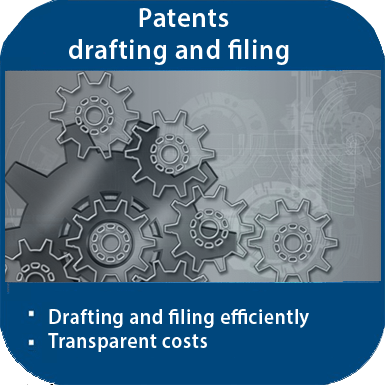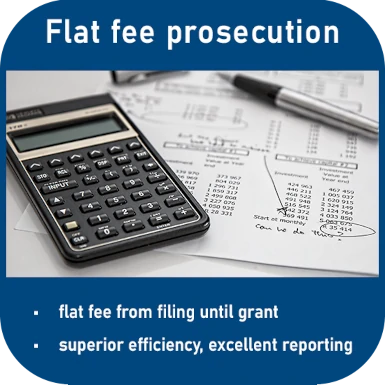Trade secret in German case law

Inventions in a company are not always protected as a patent. In the area of 'digital' applications, protection as a trade secret is also used and sometimes for technology that is primarily used internally. Trade secrets can be a component of IP portfolios helping businesses protect their secret formulas, know-how and other key information that gives them a competitive edge.
Since 2019, in Germany there has been a legal basis for trade secrets, the Trade Secrets Protection Act (Gesetz zum Schutz von Geschäftsgeheimnissen (GeschGehG), in force since 26 April 2019). This law enables the owner of a trade secret to file a claim for injunctive relief against a possible infringement (§ 6 GeschGehG). However, this is only possible if so-called 'reasonable' confidentiality measures have been taken by the company (§ 2 No. 1b) GeschGehG).
But what are "appropriate confidentiality measures" for a trade secret?
What are appropriate confidentiality measures?
One such specific case involving the question of what constitutes an "appropriate" measure for the confidentiality of a trade secret was decided before the Higher Regional Court of Hamm (OLG Hamm - trade secret "whispering unit").
In particular, the OLG Hamm dealt with the aspect of what requirements are placed on confidentiality measures that are to be regarded as "reasonable". For companies, this judgement provides important clarity on trade secrets.
The plaintiff had taken extensive security measures and provided evidence of these:
- IT security guidelines
- regulated access to the so-called PZA
- and confidentiality agreements with licence holders.
Were these 'appropriate confidentiality measures'?
OLG Hamm - "Whispering unit" trade secret
Reasonableness is determined by the specific circumstances of the individual case, explained the Higher Regional Court of Hamm.
The nature and economic value of the secret are of particular importance for the assessment of " appropriate " confidentiality measures. According to the court, "appropriate" confidentiality measures must be proportionate.
This cannot be defined by a fixed cost-value ratio. However, the Hamm Higher Regional Court stated that the threshold of unreasonableness is exceeded if the costs of the protective measures exceed the value of the trade secret. A powerful company can therefore be expected to take larger and more financially costly confidentiality measures. Overall, the legal assessment should be made from the perspective of an objective and reasonable observer from industry-specific specialist circles.
In the present case, the Higher Regional Court of Hamm did not consider the confidentiality measures taken to be sufficient. At least some of the disputed drawings of the relevant components were generally available in the company. However, this cannot be regarded as sufficient secrecy.
Trade secrets must be secret
A trade secret pursuant to § 2 No. 1 GeschGehG is information that is not generally known or readily accessible, either as a whole or in the precise arrangement and composition of its components, to persons in the circles that normally deal with this type of information.
A trade secret must therefore actually be kept secret for most employees.
Secret stolen or know-how taken?
The plaintiff had claimed that the defendants had stolen documents or drawings without authorisation and used them as the basis for their own company, which is in competition with the plaintiff.
The defendants rejected this accusation and explained that they had merely used the "know-how".
The plaintiff was unable to prove the theft of documents and drawings. The OLG Hamm summarised that the decisive factor was not how the knowledge could have been obtained, but rather whether and how they actually received the knowledge. Even although the defendants had concrete plans to set up a competing company while they were still employed by the plaintiff, the court held that this did not constitute evidence of dishonest acquisition of knowledge.
The action was therefore dismissed in its entirety (OLG Hamm, 4 U 177/19).
In practice, it is a challenge whether former employees take the know-how with them and even use it as a business model for their own competitor company. As the OLG Hamm decision shows, the burden of proof if knowledge is stolen lies with the company that has declared this knowledge to be a trade secret. In this context, please also read our blog post Employee invention declared a trade secret.
We therefore advise you to check the protection as a patent. Please contact us by telephone on +49 69 69 59 60-0 oder auch gerne unter info@kollner.eu.
The initial consultation is free of charge.







